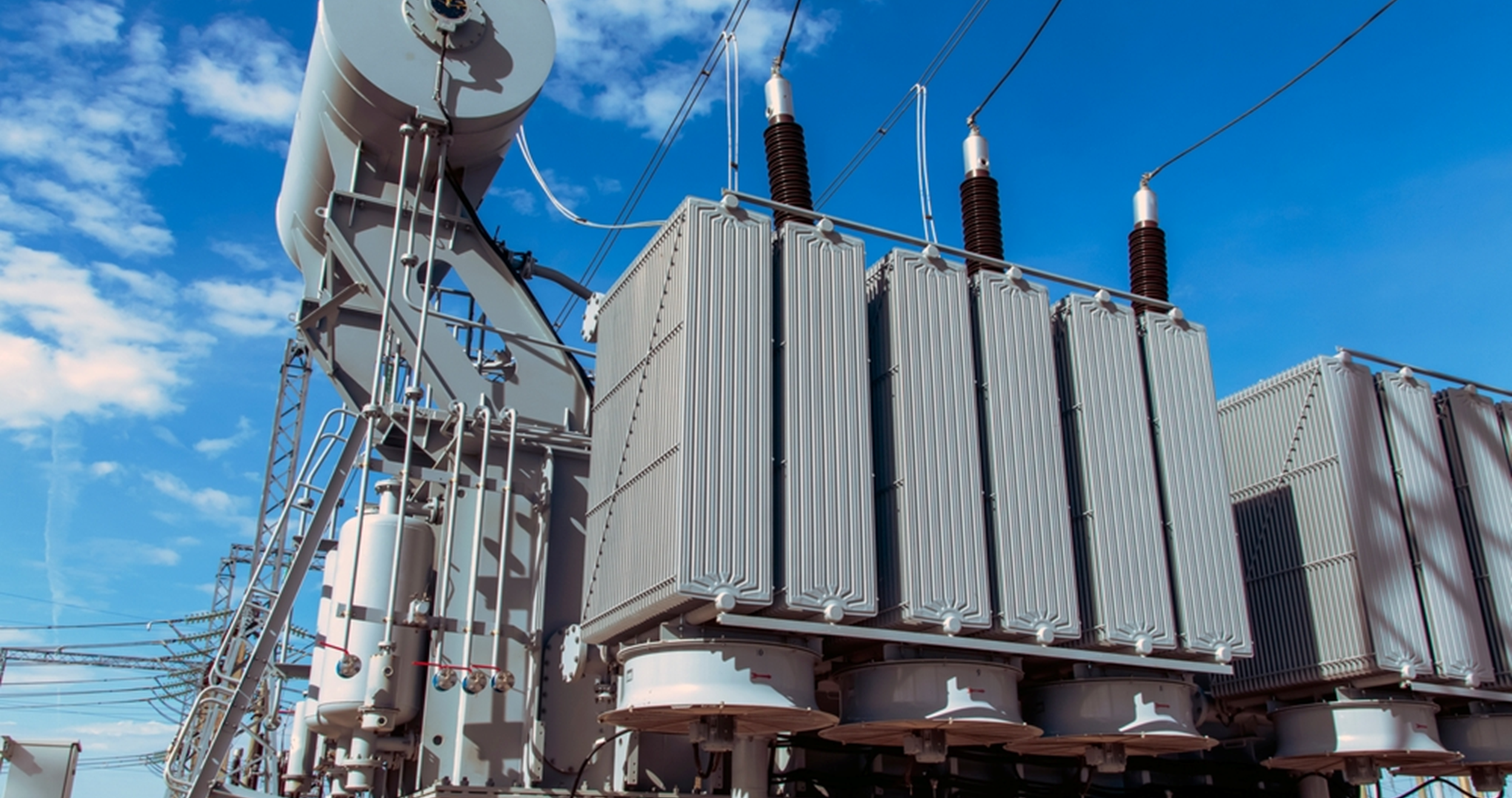Our recommendations
Last Update
31 July 2023
Charting the global hydrogen trade environment and evaluating role of Asia-Pacific region in demand built up
Drivers of cost competitiveness of hydrogen in India
For countries with excellent renewable resources, international trade in hydrogen can provide an opportunity to export renewable resources that otherwise may not be exploited
With the transition to sustainable energy systems boosting demand for hydrogen and hydrogen-based fuels, international trade in hydrogen will be an important part of the hydrogen supply chain. Countries that have limited domestic capabilities to produce low carbon hydrogen from renewables, nuclear energy or fossil fuels with CCUS – or that find these processes too expensive – can benefit from importing more affordable low-carbon hydrogen.
For countries with excellent renewable resources, international trade in hydrogen can provide an opportunity to export renewable resources that otherwise may not be exploited. Similarly, gas- or coal producing countries could join the market by exporting hydrogen produced from fossil fuels with CCUS. In the Net zero Emissions Scenario, international trade in hydrogen and hydrogen-based fuels covers ~15% of global demand for these fuels in 2030.
Australia, Chile , the Middle East & North Africa likely to emerge as key exporting regions
While several countries (example, China and the United States) manage to cover growing demand for low-carbon hydrogen and hydrogen-based fuels domestically, others (example, Japan, Korea and parts of Europe) rely on imports, at least in part. By 2050 in the Announced Pledges Scenario, Japan and Korea are importing each around 60% of their domestic demand for hydrogen and hydrogen-based fuels.
Do you want to seek Eninrac assistance in helping you resolve some critical business issues? Engage with us and reach out to our experts by using the Request for Proposal (RFP) form.
BEST VISION IS INSIGHT
Combine market knowledge and your skill to contribute value for end consumers

Transformer Sales Surge: ₹75,000 Crore Opportunity Ahead

Solar Parks Development Status in India

EU Solar Market 2024: Utility- Scale Resilience Amidst A Slumping Rooftop
Get started with
EI Market personalised demo
Complete the form to get in touch with our sales team to see our Visionboard platform in action. We'll show you how you can use eninrac to build a culture of action of consistently hunting down and eliminating poor market research expriences across your companies line of business


